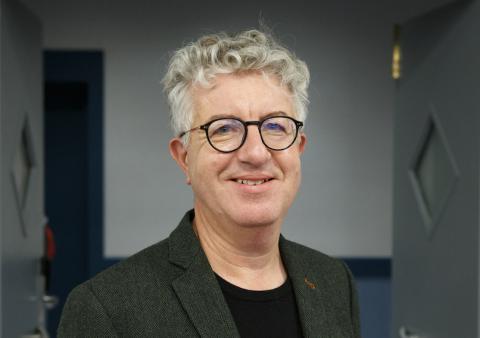Abstract
In mice, social defeat stress (SDS), an ethological model for psychosocial stress, induces sleep. Such sleep could enable resilience, but how stress promotes sleep is unclear. Activity-dependent tagging revealed a subset of ventral tegmental area γ-aminobutyric acid (GABA)-somatostatin (VTAVgat-Sst) cells that sense stress and drive non-rapid eye movement (NREM) and REM sleep through the lateral hypothalamus and also inhibit corticotropin-releasing factor (CRF) release in the paraventricular hypothalamus. Transient stress enhances the activity of VTAVgat-Sst cells for several hours, allowing them to exert their sleep effects persistently. Lesioning of VTAVgat-Sst cells abolished SDS-induced sleep; without it, anxiety and corticosterone concentrations remained increased after stress. Thus, a specific circuit allows animals to restore mental and body functions by sleeping, potentially providing a refined route for treating anxiety disorders.
PMID:35771921 | DOI:
UK DRI Authors
